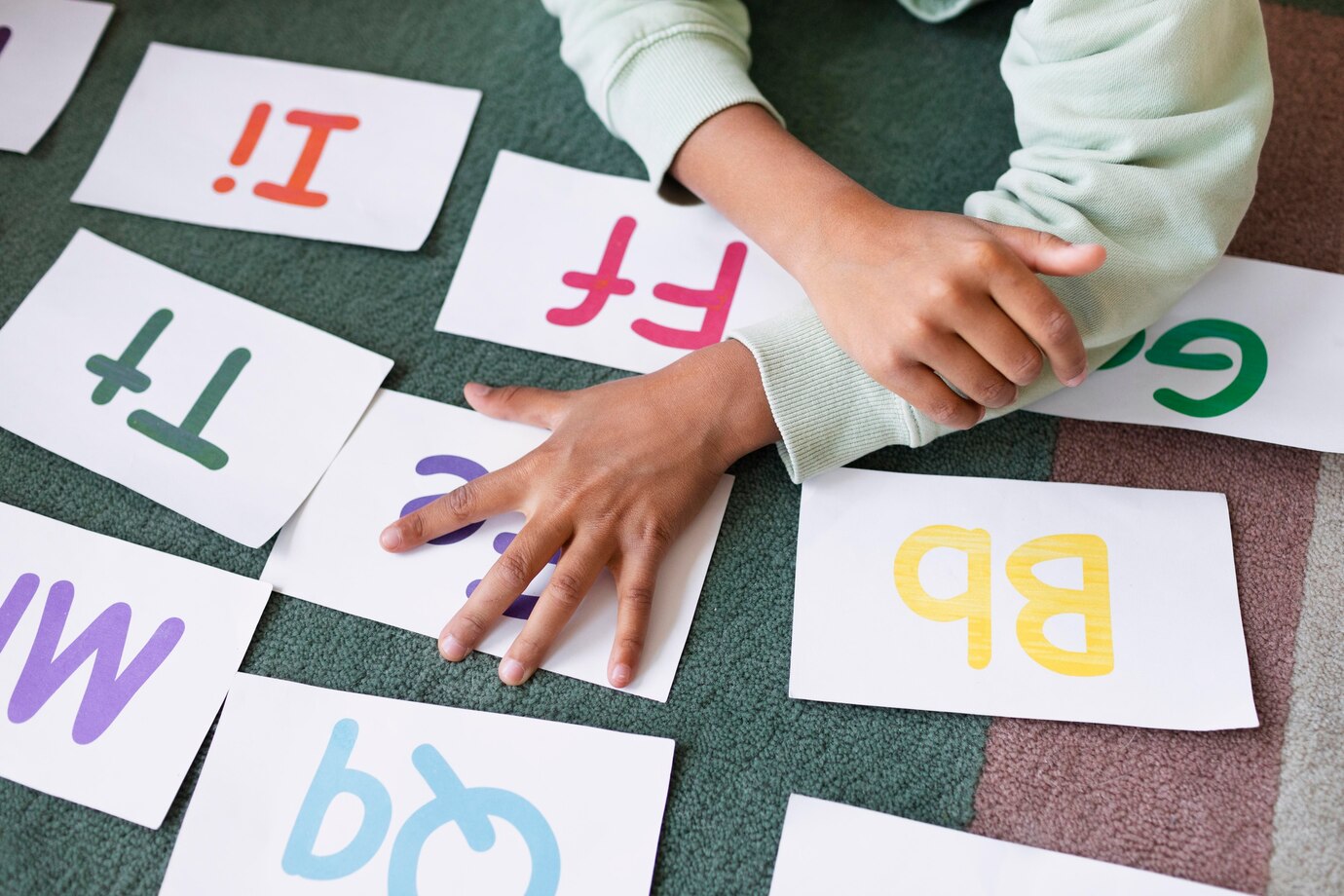In a world overflowing with images, the art that stands out isn’t just visually striking—it’s emotionally honest. For artists, the most powerful creations often come from a place of deep reflection and personal truth. Developing a visual language that tells a personal story allows your work to speak beyond technique or trend. It becomes a mirror of your experiences, emotions, and journey.
Why Personal Storytelling Matters in Art
Art that tells a personal story goes beyond decorative beauty. It connects the artist with the viewer on a human level. When a piece of art reflects vulnerability, struggle, triumph, or transformation, it becomes more than an object—it becomes a message. Viewers feel drawn to artworks that contain authenticity because they see parts of themselves reflected in the artist’s truth.
Your story is your power. While the tools and materials may be universal, the way you use them—through subject matter, composition, and symbolism—is what defines your unique artistic voice. Telling your story visually doesn’t mean painting literal scenes from your life. It means embedding feeling, memory, and meaning into each stroke, texture, and color choice.
Discovering the Core of Your Story
To develop a visual language rooted in personal storytelling, begin by reflecting on your own experiences. What moments in your life have shaped who you are? What emotions do you return to often? What questions or conflicts remain unresolved?
Keep a journal of thoughts, dreams, and recurring themes. This introspective process helps you identify the emotional threads that run through your life—threads that can be translated visually. You might find yourself drawn to themes of identity, loss, growth, or belonging. These themes become the emotional landscape of your work.
This is not about over-explaining your past. It’s about recognizing which emotions, memories, and symbols keep surfacing in your creative process—and embracing them as part of your visual vocabulary.
Building a Personal Symbol System
Just as writers use metaphors, artists use symbols. Developing your own set of visual symbols is a powerful way to express personal themes without relying on literal imagery. These could be everyday objects, colors, animals, or shapes that carry specific meaning for you.
For instance, a recurring spiral might represent personal evolution. A window could symbolize hope or longing. Birds might speak to themes of freedom, while heavy brushstrokes could represent emotional weight. As you use these symbols consistently, they become recognizable elements in your work—your own language that viewers come to understand.
Don’t worry about whether your symbols are universally understood. What matters is that they are meaningful to you. In time, as your body of work grows, these motifs will communicate layered stories to your audience.
Technique as Expression, Not Just Skill
In storytelling through art, technique serves expression. Every choice—brush size, texture, palette, composition—becomes a tool for communication. When you paint from a personal place, your technique naturally evolves to match the emotion of the subject. Harsh lines might express tension, while soft blending may reflect peace or grief.
Mixed media, collage, and layered materials can be especially useful when telling complex personal stories. They allow you to incorporate fragments of real life—photographs, handwritten text, found objects—into your work. These layers can echo emotional complexity and lend a tactile dimension to your story.
Experiment with techniques that mirror your emotional state. When you’re feeling fragmented, try tearing paper or layering erratic strokes. When you’re seeking clarity, use light, negative space, or repetition. Let your technique reflect your truth.
Letting the Work Speak, Not Explain
One of the challenges artists face when creating autobiographical work is deciding how much to reveal. Do you offer an artist’s statement with every piece? Do you explain your inspiration? While there’s no single rule, remember: the artwork should lead the conversation.
If your visual language is strong, your audience will feel something—even if they don’t know your full story. That emotional resonance is often more powerful than a direct explanation. Some viewers will interpret your work through their own lens, and that’s part of the beauty. Your personal story becomes a gateway for others to explore their own emotions.
You can choose to share context where necessary—especially in exhibitions or curated collections—but don’t feel pressured to explain every detail. Let your art be poetic rather than literal. Trust that honesty in your process will be felt, even without words.
Your Story Will Evolve—So Will Your Language
Personal stories aren’t static. As you grow, your emotions, beliefs, and experiences will shift. Allow your visual language to evolve with you. Don’t feel locked into one style or set of symbols forever. As new chapters unfold in your life, new forms of expression will emerge naturally.
That evolution is a testament to your artistic integrity. The most compelling artists are those who allow their work to mirror their own growth—those who are unafraid to be seen in their raw, changing, human state.
In Conclusion: Make Meaning, Not Just Art
Creating art that tells a personal story is not always easy. It requires vulnerability, reflection, and emotional labor. But the reward is immense: you create work that is true, lasting, and deeply resonant. You build a legacy that speaks in colors and textures, not just words.
Your visual language is yours alone. It is shaped by your past, influenced by your emotions, and refined through practice. Through it, you give form to feelings that often go unspoken. You offer viewers a chance to feel seen, and you create art that matters—not just in a gallery, but in the heart.

